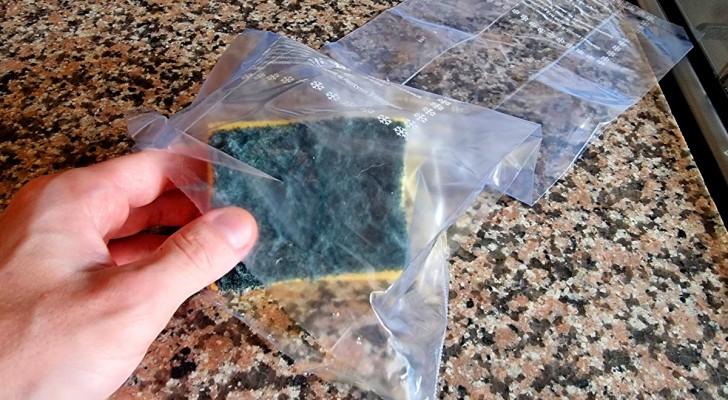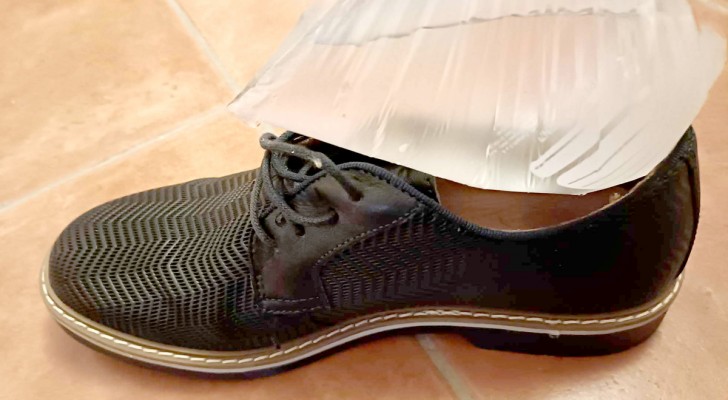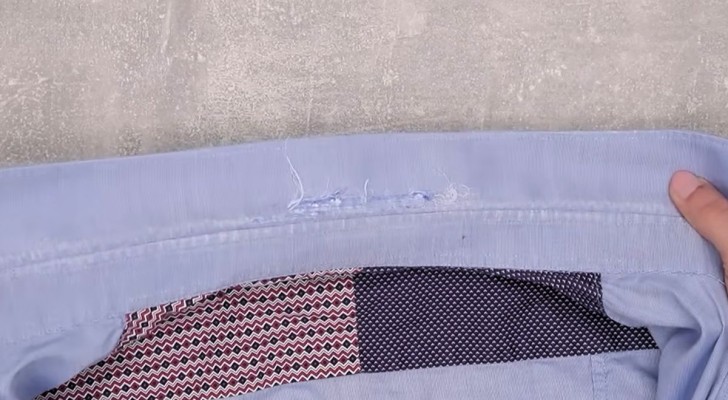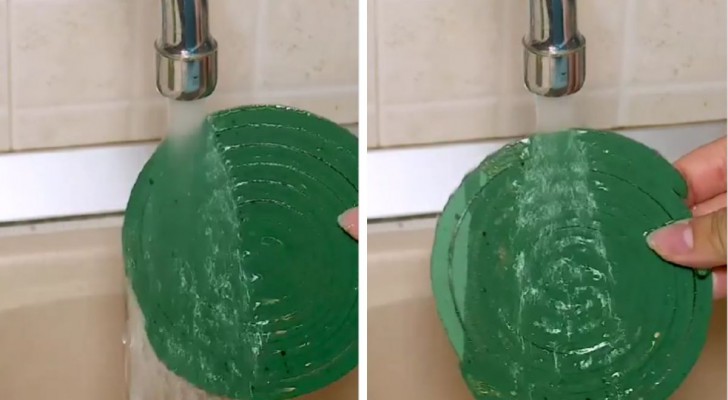Fight the cold and avoid heat loss by using plastic film instead of double glazing

During the winter, the cold outside always seems to find a way to sneak into the house, especially when it comes to homes built many years ago or those without modern thermal insulation devices that help keep the heat in the house. And good insulation also helps significantly in the reduction of waste of power.
One of the best known remedies is the installation of double glazing, which however is not exactly cheap. When that option is not possible, you can still opt for effective and very economical solutions, i.e. thermal insulation films to be stuck to the window panes from the inside, sealing them in the frames. Read on to find out more.

Tutorial via fourgenerationsoneroof.com
There are many thermal insulating films on the market, generally in PET (polyethylene terephthalate), which helps to control the transfer of heat and light to the outside. There are in fact two types:
- Those with solar control, which filter solar radiation, absorbing only UV rays and reflecting infrared rays.
- Those that control the convective motions of thermal energy. These are the films that substitute for double glazing, and are not installed in contact with the glass, but on the window frame, in order to create an air chamber between it and the actual glass.You can also find rigid panels to install in the same way, as if you were actually adding another piece of glass to your window.
The solar films help more in summer, preventing the sunlight from heating the inside of the house too much. The best ones store the heat and in winter they release the heat towards the inside. The DIY solution that is preferred, however, is that of thermal films.
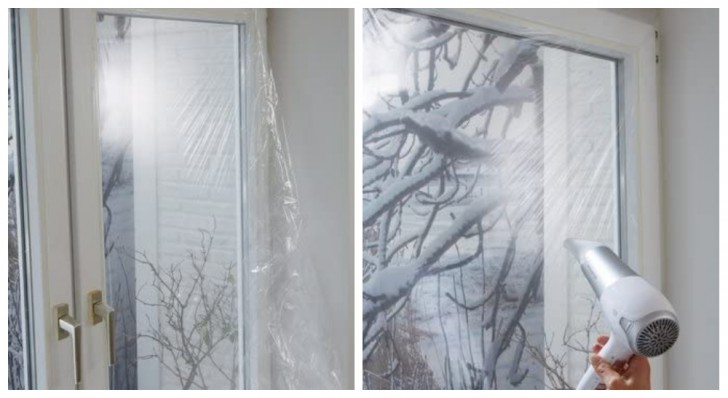
Depending on the heat insulation film kit you choose, there are various methods for installation and removal. Generally, they are equipped with an adhesive tape to put on the window frame, on which the edges of the plastic film are stuck. The film must be kept taut while it is applied, so as to have the same effect as real glass, and without wrinkles.
The excess part is cut off (although there are those who prefer to calculate the exact measurements first) and that's all that is needed. At the time of removal, it is often enough just to heat the adhesive with a hairdryer to make it lift. The only drawback that some have noticed is that installing and removing these films every year ruins the paint on the window frame.
Their efficacy is assured, however, and even if obviously this solution is not comparable to that of double glazed windows (which can cost up to 10 times as much). Also to be considered is the fact that, since these are films that cannot be reused, they are not exactly an environmentally friendly product. But as a temporary solution while waiting to be able to change the windows permanently - and as a remedy that also avoids consuming excess energy - it is a method that can be taken seriously.

